I think the answer to these questions can be yes. Excavating lost queer history provides me with meaning, a sense of purpose, and joy, even when the stories are painful. But my students were reluctant to see these plays this way.
As a white gay man in my early forties, I do not know what it is to walk through life as a lesbian, or a trans person, a nonbinary person, or a person of color. Many of my students fall into those categories, and I don’t claim to have answers for them as to how to process their lived experiences. I am also something many of my students are not—a queer person who risked losing everything when he came out and who put himself at risk of HIV conversion with every sexual encounter before the advent of PREP. I am glad that so many of my students now come out into the open arms that I did not find and can live lives less fettered by sexual anxiety. But I am afraid that these strides have stolen from my students the opportunity to connect with the long history of queer liberators that came before us.
My students’ dedication to bashing binaries is creating not only a more just world, but a more nuanced and interesting one. So when I pointed out to them that, in some ways, they’d created a binary—traumatic or joyful?—I invited them to see past that construction. I asked them to investigate if the spheres of contemporary queer joy and queer histories might intersect in a fruitful middle ground. Together, we found that while that middle ground includes trauma, it also includes not only a processing of that trauma, but a translation of that trauma into artistic product. By investigating our queer theatrical history from a contemporary lens, including investigating plays that tell the tragic ends that queer people sometimes met, we can not only process that trauma, but we can find joy and meaning in the ways that excavating queer histories allows us to make better queer theatre as future-facing artists.
I came to our Indecent class ready to invite my students to embrace the paradoxical joy that can be found in dramatizing queer history by introducing them to an element of my personal history. I told them about a gay bar I remember existing in my hometown of Methuen, Massachusetts, in the late eighties. It closed when I was a child, but I know this building was there. I know its windows were blacked out. I know it was sometimes crowded, and I knew from its design and decor that it was specifically built to keep out the conservative, Irish-Italian-Catholic residents of my hometown. Like most small-town gay bars that didn’t hang signs, it was gone by the mid-nineties, a victim of the AIDS epidemic and the draw of increasing tolerance in urban areas. Few people in my hometown today remember this shuttered business. Like many gay bars in the eighties, it wasn’t marked and it had to stay hidden, so people could easily erase them from memory. But it was there.
These writers put on stage everything that was real, and they let that reality—warts and all—shine bright and burn a hole into history that proclaims that not only were the queers always there, but the world was better for them.
I walked my students in that first lecture through some other parts of queer history that had been lost. The homoeroticism of Herman Melville’s Moby Dick that their AP English classes skipped. The well documented—and well photographed—lesbian lives of Joan Crawford, Tallulah Bankhead, and countless other grand dames of old Hollywood that the studios paid thousands of dollars to hide. Alan Turing, Sally Ride, Michelangelo, Lorraine Hansberry… All these icons are part of a queer narrative, but the queer parts of their identities are so often omitted.
Why? Because history erases the queers.
I asked them if these facts made them feel hopeless, and their heads nodded “yes” in unison. I then argued to them what I now argue any time I am told to stop focusing on histories of queer trauma and instead only tell stories of queer joy: we have muscle on our side, and to stop telling these stories abandons this power. We have our queer grandparents, like Paula Vogel and Harvey Fierstein, who have been fighting for us for decades with no sign of stopping. We have the imaginations of Hansol Jung and Ty Defoe and many others looking to our queer histories to create our queer futures. These writers put on stage everything that was real, and they let that reality—warts and all—shine bright and burn a hole into history that proclaims that not only were the queers always there, but the world was better for them. Holding on to this history gives me joy, and I hoped it could do the same for my students.

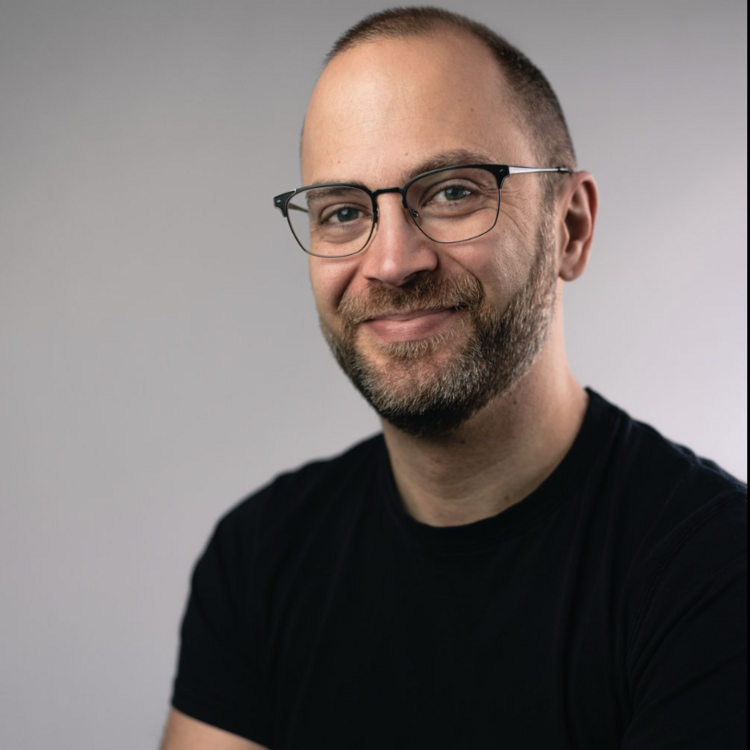
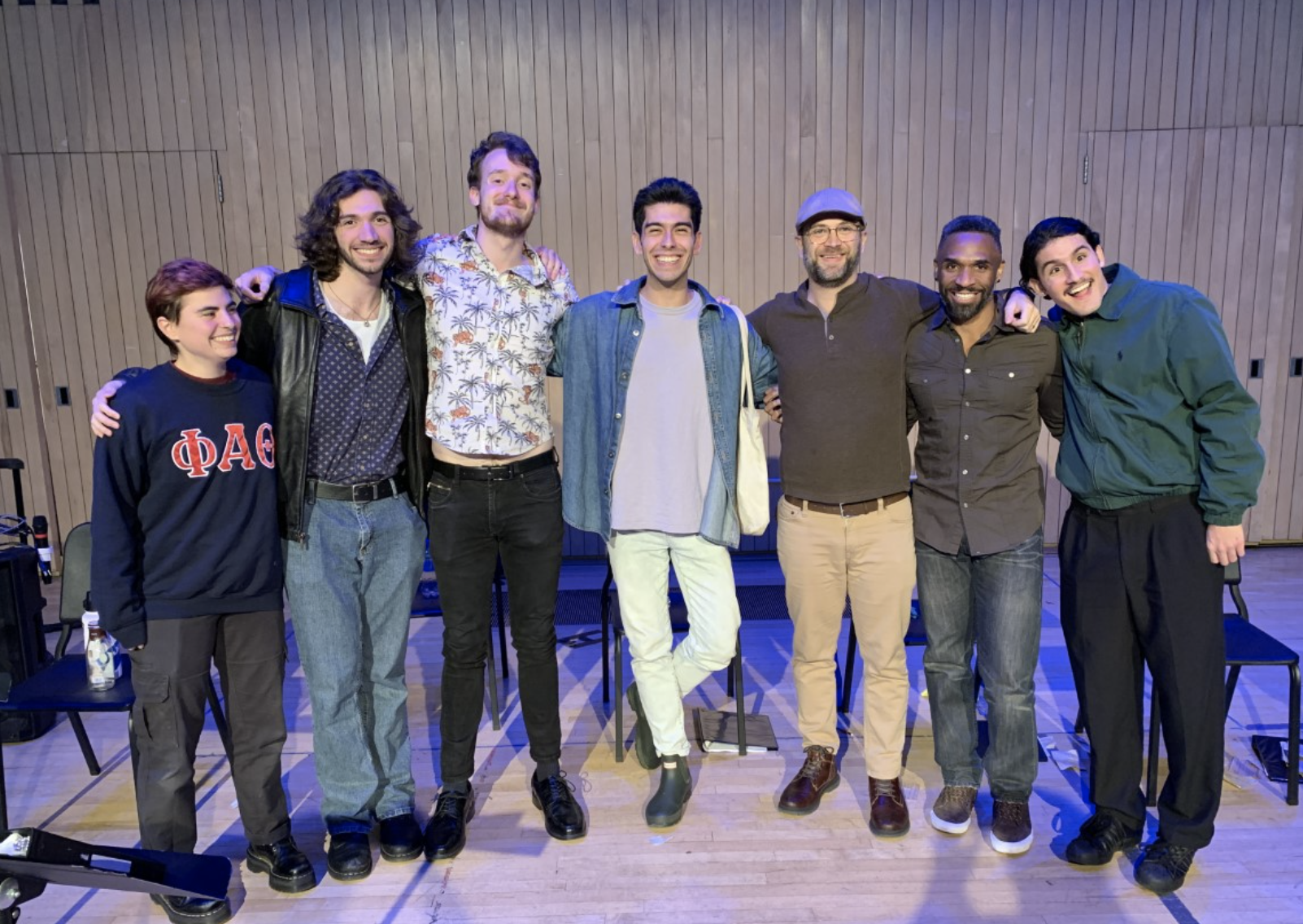
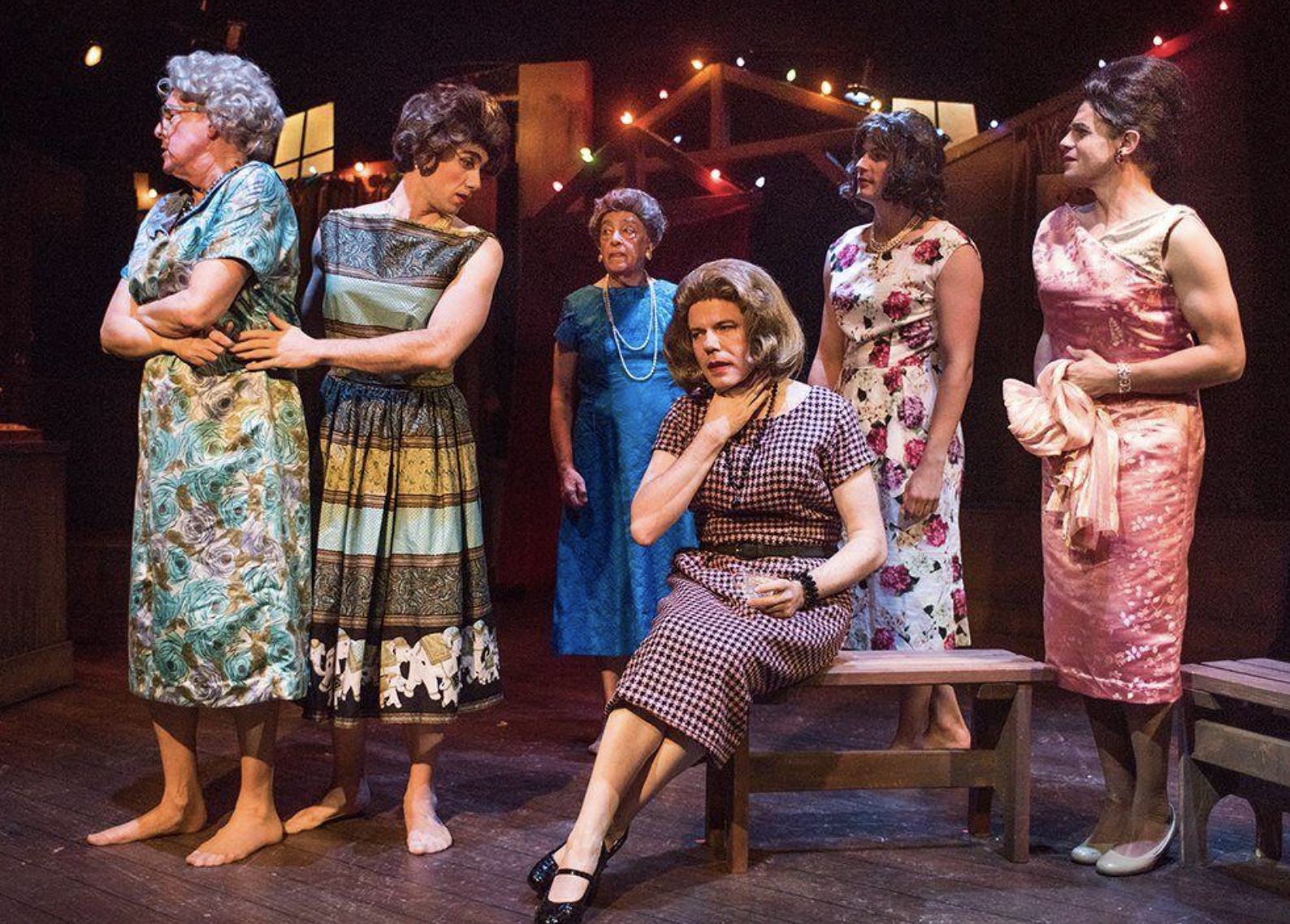
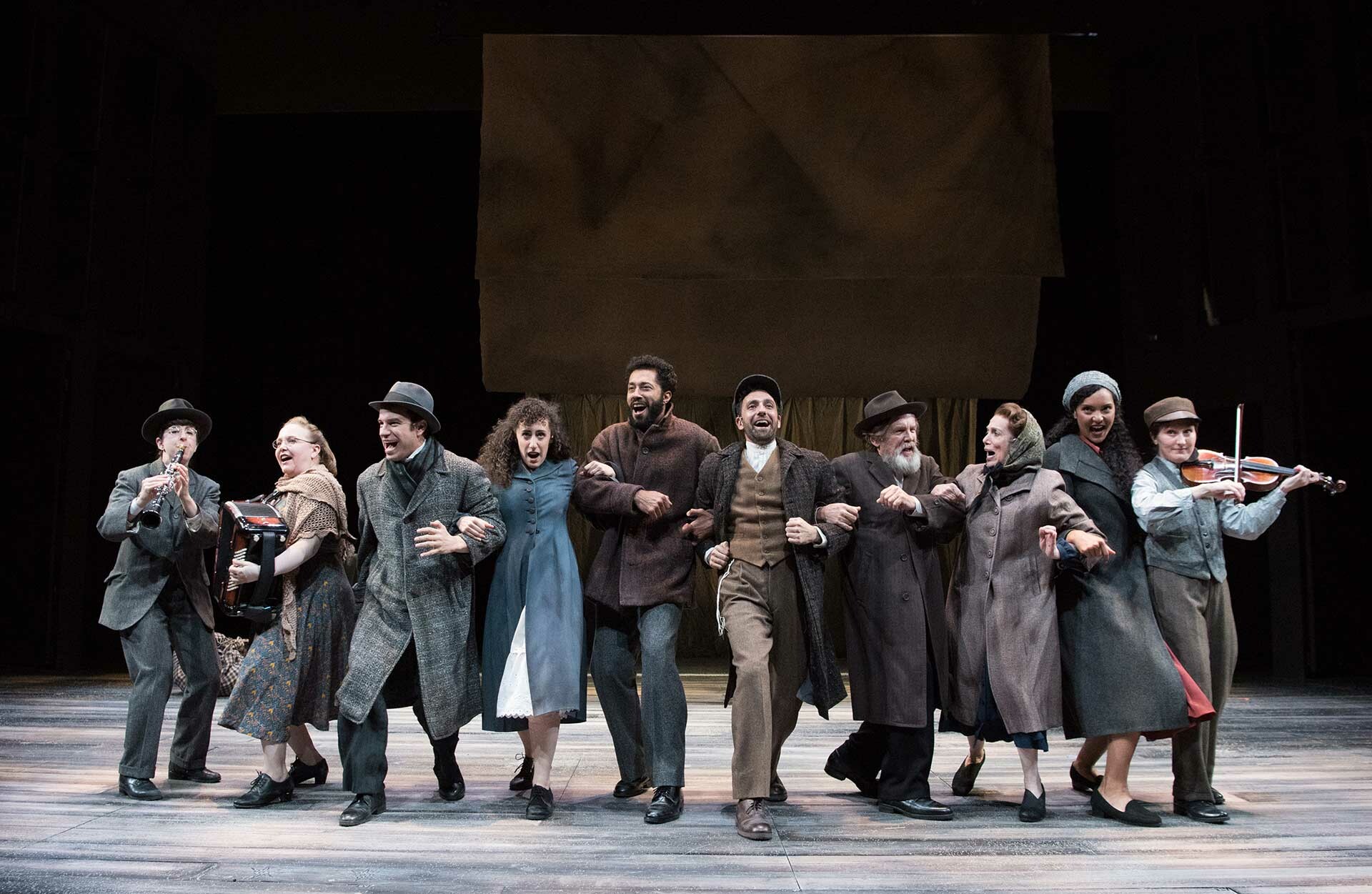
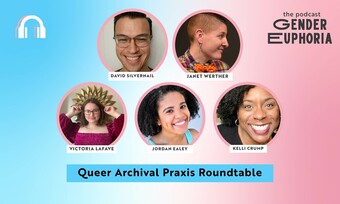






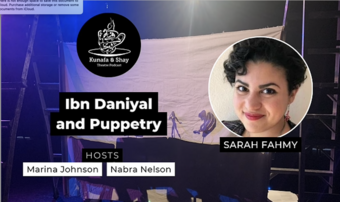



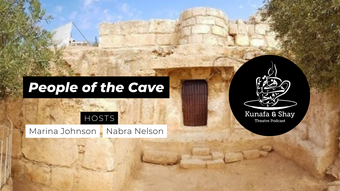
Comments
The article is just the start of the conversation—we want to know what you think about this subject, too! HowlRound is a space for knowledge-sharing, and we welcome spirited, thoughtful, and on-topic dialogue. Find our full comments policy here
What an impactful read! Indeed, deconstructing binaries is crucial in building a more just world. Exploring the complexities of how one could take opposing ideas, such as joy and trauma, and using them as a catalyst for meaningful change is exactly the kind of creative action the world could use. Your words were truly inspiring and hopeful. I am grateful I have had the opportunity to learn from you and collaborate with you in your class performance of Steve Yockey's Octopus.
Well said, Jordan! I love that idea you propose of "creative action" - how can we be active with our artistry? Even when the material is troubling, I find that actively wrestling with it is still where much of the joy of thaetermaking lives.
I'm so glad to have read this! The idea of breaking down the trauma/joy binary is a welcome paradigm shift. The world isn't black and white; we live our lives in the gray; there is comedy even in the midst of tragedy, and trauma even in the midst of joy. The stories we tell should reflect this. I'm especially excited by the concept of finding joy in the very "process of reckoning with the legacy of queer trauma," and grateful for your pointing towards how we might do so: "make something with it."
P.S. So glad to see Edith Can Shoot Things and Hit Them on your syllabus - that play has been haunting me for well over a decade. I hope it's haunting some of your students now too!
Edith Can Shoot Things... has been a syllabus hack of mine for a while now - it always revs up a course! (Outstanding choice for directing classes, too! Directors have to wrangle both hyper-emotional, realistic acting and some thrilling dilemmas of theatricality.)
And yes, trauma/joy is not a binary! It's not an either/or choice; it's an intersected constellation!
what a great read- I'm proud of you, JMD. Thank you for your thinking and your practice.
Thank you Michael Rohd! Civic engagement through theater presses on!
what a great read- I'm proud of you, JMD. Thank you for your thinking and your practice.
This is perfect: "My students’ dedication to bashing binaries is creating not only a more just world, but a more nuanced and interesting one. So when I pointed out to them that, in some ways, they’d created a binary—traumatic or joyful?—I invited them to see past that construction. I asked them to investigate if the spheres of contemporary queer joy and queer histories might intersect in a fruitful middle ground."
We just had this discussion in my classroom, while watching BPM, the movie about ACT-UP Paris; it does not stint on the horror of that time and (not but!) it is also full of the joy shared by the activists (they dance, they make up cheers, they giddily compare notes on the way home from actions). What it does best is not separate out the elements--it has scenes that mix dancing and protest, or protest and sex, or dancing and the virus. It's the wholeness of life that you're describing and that our students need to see.
I love the work you're doing and the difference it's making.
So much of this work traces back to your article, David - thank you for all you inspired!
Your example of protestors coming home from a demonstration giddily is so well taken, and so important! It reminds me of when my students watched "How To Survive a Plague." The content of that movie can be so difficult to ingest; it's an unsparing look at the corporal toll of the disease. But in a different "Queer Performance" class last year, a student presented on Arthur Russell, whose music scores the film. They spoke so joyfully and passionately about Russell's music - which is, itself, often playful and whimsical - that the energy in our seminar classroom was crackling, even as we discussed the carnage of AIDS in the 80s.
I think the last thing our queer ancestors would want us to do is stew, but we need to rethink ways in which we are inviting students to activate their queer power in a new world that assaults them with difficult content. These moments of joy can, I think, point the way.
Thank you for this article! I have added new titles to my reading list. And, I'm glad students are receiving the queer education I didn't know I desperately needed in college. Cheers to teaching the next generation(s)!
Thanks, Kitty! I wish I'd had more of this kind of instruction in college (and high school!) too. I'm also in awe of the handful of teachers who were providing it 20 years ago.